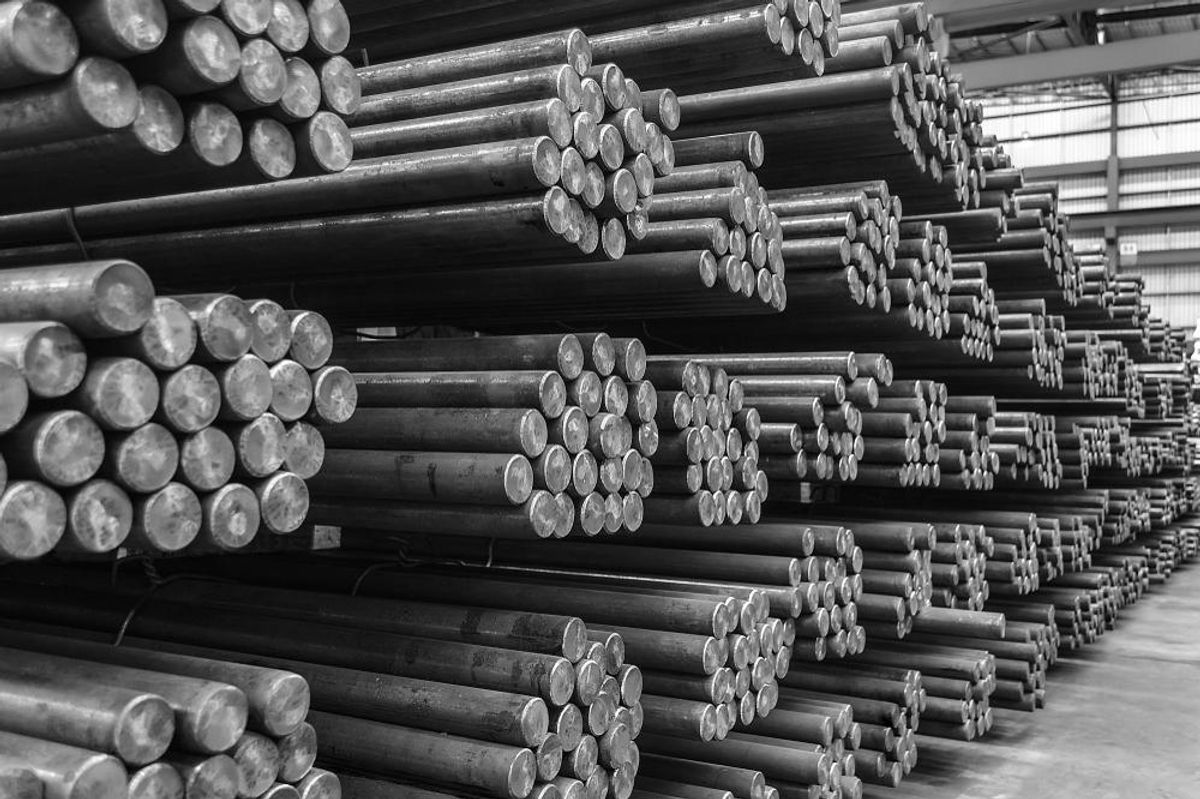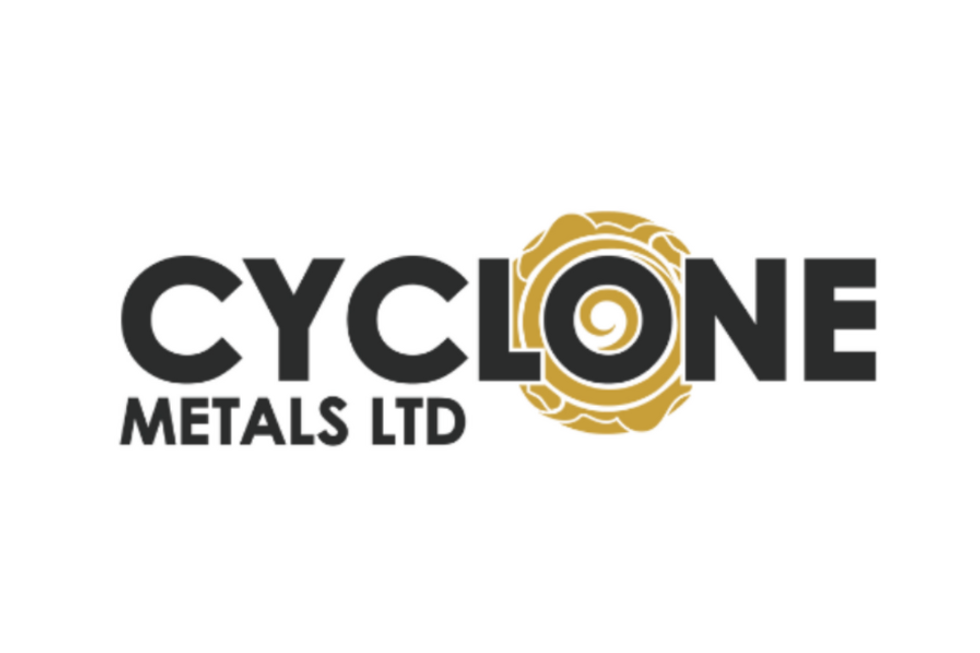Top 10 Iron Ore-producing Countries
What are the top 10 iron-producing countries? Australia, Brazil and China top the list, and many other nations play a role in global output.

Iron ore prices have displayed volatility in the past half decade as the world has dealt with the economic uncertainty surrounding COVID-19 lockdowns, the Russia-Ukraine war, ongoing conflicts in the Middle East and rising trade tensions.
Prices for the base metal reached a record high of over US$220 per metric ton (MT) in May 2021, but that level wouldn't hold for long as lower demand from China alongside rising supply levels caused prices to dropped drastically in late 2021.
Iron ore prices rebounded to trade in the US$120 to US$130 range in 2023, spurred on by supply issues in Australia and Brazil, as well as the Russia-Ukraine war; higher export duties in India and renewed demand from China have also contributed to the commodity's higher prices.
However, that positive sentiment in the iron ore market evaporated in 2024 as the global economic outlook weakened on higher interest rates, lower demand and challenges in China's property sector. After starting the year at a high of US$144 per MT, iron ore prices slid to finish out the year at about US$95.
A cyclical rebound in Chinese steel production in Q1 2025 did manage to push prices for the metal back above US$100 again to briefly touch US$107 per MT in February. However, in Q2 2025, China's economic woes, a growing surplus in iron mine supply and steel and aluminum tariffs were responsible for pressuring iron ore prices back down below US$95 as of late June.
"Geopolitical tensions have spurred some countries to explore alternative sources of iron ore, raising the profile of new geographic markets,” reports Fastmarket in its June 2025 iron ore market outlook. “The emergence of resource nationalism, where governments exert greater control over mineral resources, is further complicating trade. Policy changes in iron ore-consuming regions, driven by trade tensions and domestic priorities, have led to adjustments in global supply chains.”
To better understand the dynamics of the iron ore market, it's helpful to know which countries are major producers. With that in mind, these are the top 10 for iron ore production by country in 2024, using the latest data provided by the US Geological Survey. Production data for public companies is sourced from the mining database MDO.
1. Australia
Usable iron ore: 930 million metric tons
Iron content: 580 million metric tons
Australia is the largest iron producing country by far, with usable iron ore production of 930 million metric tons in 2024. Australia’s leading iron ore producer is BHP Group (ASX:BHP,LSE:BHP,NYSE:BHP), and Rio Tinto (ASX:RIO,NYSE:RIO,LSE:RIO) and Fortescue (ASX:FMG,OTCQX:FSUMF) are also large iron producers.
The Pilbara region is the most notable iron ore jurisdiction in Australia, if not the world. In fact, Rio Tinto calls its Pilbara Blend "the world’s most recognised brand of iron ore." One of the company's iron producing operations in the region is Hope Downs iron ore complex, a 50/50 joint venture with Gina Rinehart's Hancock Prospecting. The complex hosts four open-pit mines with an annual production capacity of 47 million metric tons.
In June 2025, the partners announced a combined investment of US$1.6 billion to develop the Hope Downs 2 iron ore project, a part of the main JV. The project hosts the Hope Downs 2 and Bedded Hilltop deposits, which together will have a total annual production capacity of 31 million metric tons.
As for BHP, the major iron miner's Western Australia Iron Operations joint venture comprise five mining hubs and four processing hubs. One such hub is Area C, which hosts eight open-cut mining areas alone. The company also has an operating 85 percent interest in the Newman iron operations.
2. Brazil
Usable iron ore: 440 million metric tons
Iron content: 280 million metric tons
In Brazil, iron production totaled 440 million metric tons of usable iron ore in 2024.
The largest iron ore districts in the country are the states of Pará and Minas Gerais, which together account for 98 percent of Brazil’s annual iron ore output. Pará is home to the largest iron ore mine in the world, Vale's (NYSE:VALE) Carajas mine. Headquartered in Rio de Janeiro, Vale is the world's biggest producer of iron ore pellets.
Vale announced plans in February 2025 to make significant investments in increasing its production at Carajas by 13 percent through 2030.
3. China
Usable iron ore: 270 million metric tons
Iron content: 170 million metric tons
China's iron production amounted to 270 million metric tons of usable iron ore in 2024. The Asian nation is the world’s largest consumer of iron ore, despite being the third largest iron-producing country.
China's top producing iron ore mine is the Dataigou iron mine in Laioning province, with production of 9.07 million metric tons in 2023. The underground mine is owned by Glory Harvest Group Holdings.
With China being the world’s largest producer of stainless steel, its domestic supply is not enough to meet demand. The country imports over 75 percent of global seaborne iron ore as of mid-2025.
3. India
Usable iron ore: 270 million metric tons
Iron content: 170 million metric tons
India’s iron production for 2024 totaled 270 million metric tons of usable iron ore, tying for third place with China.
India’s largest iron ore miner, NMDC (NSE:NMDC), operates the Bailadila mining complexes in Chhattisgarh state and the Donimalai and Kumaraswamy mines in Karnataka state. NMDC hit a production milestone in 2021 of 40 million metric tons per year, the first such company to do so in the country. NMDC is targeting an annual production rate of 100 million metric tons by 2030.
5. Russia
Usable iron ore: 91 million metric tons
Iron content: 53 million metric tons
Russia's iron ore production came in at 91 million metric tons in 2024, making it the fifth largest iron-producing country in the world.
The region of Belgorod Oblast is home to two of the country's biggest iron ore producing mines: Metalloinvest's Lebedinsky GOK, which in 2023 produced an estimated 22.05 million metric tons of iron ore; and Novolipetsk Steel's Stoilensky GOK, which that same year produced an estimated 19.56 million metric tons of iron ore.
In response to serious economic sanctions on the country over its aggressive war against Ukraine, Russia’s iron ore exports fell dramatically in 2022 to 84.2 million metric tons from 96 million metric tons in the previous year. Together, these two countries previously accounted for 36 percent of global iron or non-alloy steel exports. The European Union has restricted imports of Russian iron ore.
Last year, imports of iron ore from Russia to the EU seemingly fell off a cliff, dropping from 332,300 tons to 9,360 tons.
6. Iran
Usable iron ore: 90 million metric tons
Iron content: 59 million metric tons
Iran surpassed 90 million metric tons in iron production in the form of usable iron ore in 2024. The country's iron output has been on the rise in recent years — now in sixth place, it was the eighth highest iron producer in 2022 and the 10th in 2021.
One of Iran's most important iron ore mines is Gol-e-Gohar in Kerman province, which is also the country's top producer. During the March 2024 to January 2025 period, the country's major mining companies' combined iron pellet production reportedly increased by 7 percent year-over-year.
The country's iron mines are supplying its steel industry, which produced 31 million MT of steel in 2024. In its 20 year roadmap released in 2005, the Iranian government set an annual steel production target of 55 million MT by 2025. To better meet the requirements of domestic steel producers, Iran began levying a 25 percent duty on iron ore exports in September 2019. The exact rate has changed multiple times since, and in February 2024 the country cut duties on these products significantly.
7. South Africa
Usable iron ore: 66 million metric tons
Iron content: 42 million metric tons
South Africa’s iron production was 66 million metric tons of usable iron ore in 2024. The country's output has declined significantly in the past few years, down from 73.1 million MT three years earlier. South Africa's mining industry is grappling with transport and logistics issues, most notably due to railway maintenance challenges.
Kumba Iron Ore is Africa’s largest iron ore producer. The company has three main iron ore production assets in the country, including its flagship mine, Sishen, which accounts for a large majority of Kumba’s total iron ore output. Anglo American (LSE:AAL,OTC Pink:AAUKF) owns a 69.7 percent share of the company.
8. Canada
Usable iron ore: 54 million metric tons
Iron content: 32 million metric tons
Canada’s iron production totaled 54 million metric tons of usable iron ore in 2024. In June of that year, the Canadian government updated the nation's Critical Minerals List "to include high-purity iron, citing the necessity of that mineral’s role in decarbonization throughout the steel supply chain," according to the USGS.
Champion Iron (TSX:CIA) is one company producing iron ore in Canada. It owns and operates the Bloom Lake complex in Québec. Champion Iron ships iron concentrate from the Bloom Lake open pit by rail, initially on the Bloom Lake Railway, to a ship loading port in Sept-Îles, Québec. A Phase 2 expansion, which entered commercial production in December 2022, increased annual capacity from 7.4 million metric tons to 15 million metric tons of 66.2 percent iron ore concentrate.
As of 2025, Champion is investing in upgrading half of its Bloom Lake mine capacity to a direct reduction quality pellet feed iron ore with up to 69 percent iron.
9. Ukraine
Usable iron ore: 42 million metric tons
Iron content: 26 million metric tons
Ukraine's iron production for 2024 was 42 million metric tons of usable iron ore. The metal represents a key segment of the country's economy. Metinvest and ArcelorMittal (NYSE:MT) are the leading producers of iron ore in the nation.
Despite the ongoing war, Ukraine's iron ore mining industry has proved as resilient as the people, even though there have been temporary shutdowns. However, 2025 looks to be turning into a particularly hard year. In the January through April period, iron ore exports decreased by 20.9 percent in value terms and by 10.2 percent in physical volumes year-over-year. GMK Center predicted in May that by the end of this year, "Ukraine’s iron ore exports will decline by about 20% y/y to 27 million tons from 33.6 million tons in 2024."
10. Kazakhstan
Usable iron ore: 30 million metric tons
Iron content: 9.2 million metric tons
Kazakhstan's iron production came in at 30 million metric tons of usable iron ore in 2024.
Kazakhstan has several iron ore mines in operation, with four of the top five owned by Eurasian Resources Group. The largest of these iron ore mines is the Sokolovsky surface and underground mine located in Kostanay. In 2023, it produced an estimated 7.52 million tonnes per annum of iron ore.
The Sokolov-Sarybai Mining Production Association (SMPA) in Northern Kazakhstan was the main supplier of iron ore to Russia’s Magnitogorsk Iron and Steelworks prior to the country’s invasion of Ukraine. Since then, the SMPA has halted iron ore shipments to Magnitogorsk.
Don’t forget to follow us @INN_Resource for real-time news updates!
Securities Disclosure: I, Melissa Pistilli, hold no direct investment interest in any company mentioned in this article.

